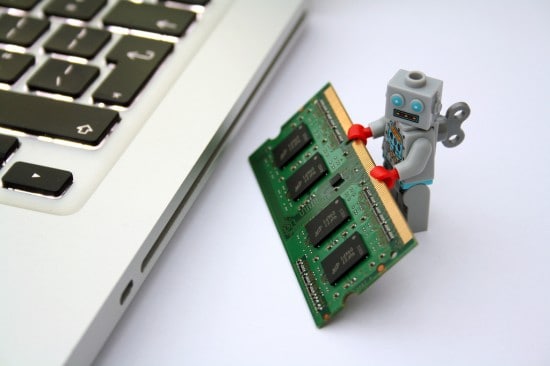We all know the importance of communication. It’s the lifeblood of our organizations. Great communication helps us to send a clear message to our teams.
But how often does our communication get muddled in complexity? Have you ever thought of the importance of simple answers and simplicity in communication?

Image by Chris Isherwood
The more I think about this, the more I draw the conclusion we must be able to give simple answers in our communication.
Sure, there’s times when we must use the terms of our industry. There will be times outsiders won’t understand what we’re talking about. The key is nailing it down in simple terms.
Complex Answers…
We’ve all run into the person who has to have the most detailed answers. They can go deep into the issue. Yet you come out confused and perplexed by what the person has shared with you.
This is the trouble with complex answers. They often go over the heads of those we’re speaking to. They go away feeling like they didn’t get an answer to their question.
Leaders should never want to give an answer that is too complex that the person receiving it cannot understand and apply the principles we’ve shared. This does them no good.
Instead…
Look To Give Simple Answers
There will be those that tell you this isn’t the way you should do things. You should give all the information available. Even if it overwhelms the person asking the question.
We know this shouldn’t be the way we lead.
Turn this fallacy around and look for ways to give simple answers. When we give simple answers, we’re giving applicable knowledge to those craving it.
I learned this lesson well while I was selling computers at Circuit City. Ten to fifteen years ago, computers were mind-boggling to those purchasing them. They were still foreign objects in the home. However, there was an easy way to explain the features of a computer.
Here’s an example:
Someone would ask what the difference was between RAM (Random Access Memory) and the hard drive. I could have told the customer hard drives have moving parts, are large mechanical drives, and they have platters while RAM were chips inside of the computer.
Instead, we found a great, simple answer to give to our customers. We broke it down like this –
RAM is like a dinning room table. With a dinning room table, the food is readily available to eat but there’s limited space on the table. The RAM works in the same manner. It puts the programs that are ready to use in a quick, fast access area.
The hard drive is like a kitchen pantry. There’s plenty of storage and we put food we’re not going to use there. With the hard drive, it holds all of the data that doesn’t need to be accessed right now. Instead, we keep it there until it’s ready. When we need to use the data, it moves into the RAM.
Can you see how this simple answer made it easier for a customer to understand what the parts of a computer does?
While leaders won’t normally have to explain the workings of a computer, we will have to break down complex processes into simple information our team can digest.
Look at your processes and decide how you can explain them to your team. Show them the tasks are not as complex as they may seem. Help them grasp the concept and run with it!
Question: How can you give simple answers to the tough processes or questions of leadership? Please share your thoughts in the comment section below.

Please note: I reserve the right to delete comments that are offensive or off-topic.